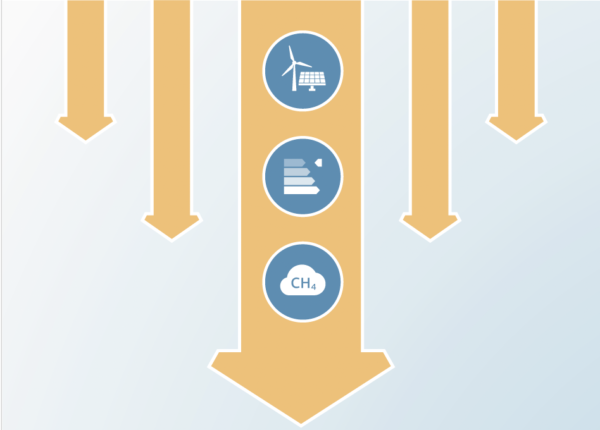Wind and solar benchmarks for a 1.5°C world
Authors
Lara Welder, Neil Grant, Tina Aboumahboub, Claire Fyson, Gustavo De Vivero, Swithin Lui, Emily Daly, Markus Hagemann, Ana Missirliu

Wind and solar technologies have emerged as key players in the transition to clean electricity, boasting significant growth attributed to technological advancements, improved economics, and favourable policy developments. This growth not only signals a shift toward sustainable energy sources but also presents opportunities for economic growth, job creation, and enhanced energy security.
Despite being major drivers of the imminent peak emissions in global electricity supply, the deployment of wind and solar capacity falls short of the required magnitude and pace. To achieve the ambitious targets of the Paris Agreement, there is a pressing need for comprehensive research on breaking down globally required levels of wind and solar installations to a national scale to ensure robust domestic strategies to safeguard the 1.5°C limit.
In this report we present, together with the NewClimate Institute, a stepwise methodology designed to define credible, replicable, and transparent benchmarks for wind and solar capacity, aligning with the Paris Agreement’s 1.5°C temperature goal. Our approach combines diverse building blocks in a step-by-step method to translate global decarbonisation needs of the power sector into national wind and solar benchmarks for 2030, 2040, and 2050. By integrating various lines of evidence, including both national and global perspectives, the proposed methodology aims to align the benchmarks with global temperature goals while considering national circumstances.
The primary focus of the report lies in presenting the methodology, while offering illustrative benchmarks for select countries (Brazil, China, India, Indonesia, Germany, South Africa). Having laid the groundwork with the methodology presented in this report, the next step will be to extend our analysis and roll out national benchmarks for major emitters and priority regions (at least 10 next year).











